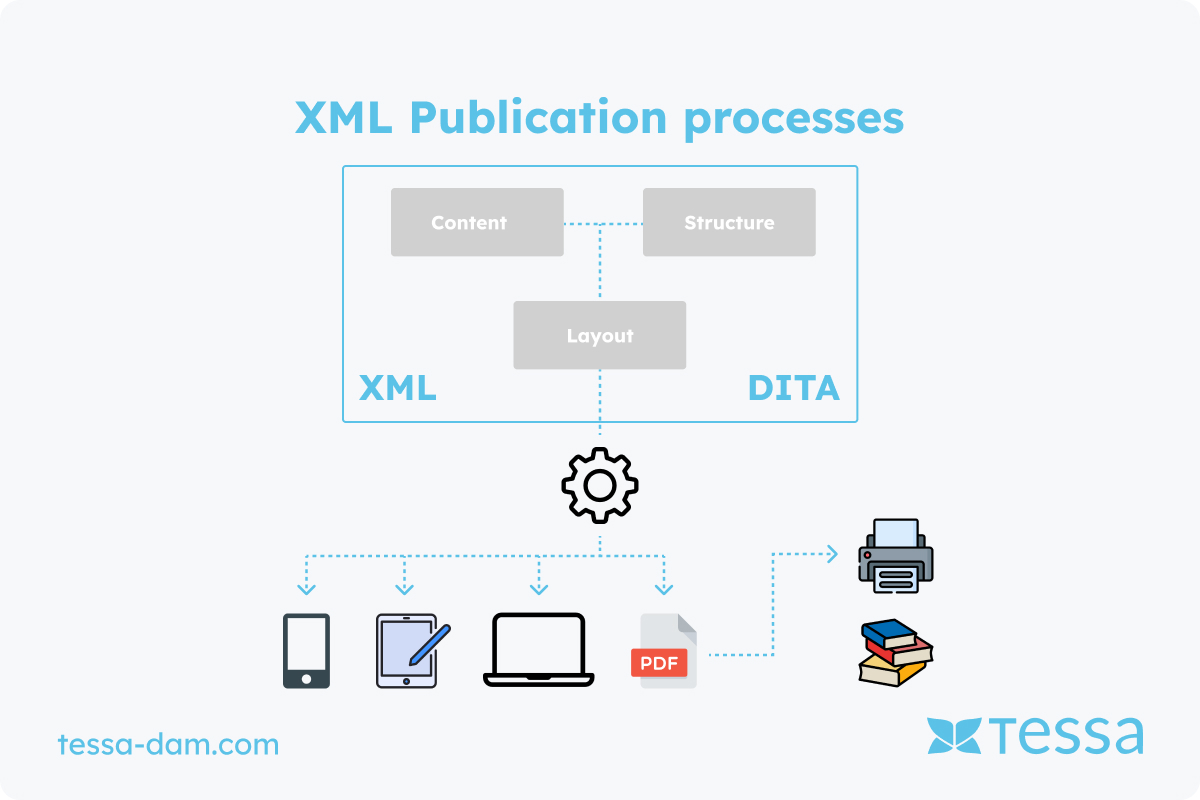Introduction
XML (Extensible Markup Language) has become an indispensable tool in the world of data processing since its introduction in the late 1990s. This article examines the fundamental concepts of XML as well as its various applications and significance in today's digital landscape.
Basic Concepts of XML
XML is a markup language that enables the definition and storage of structured data. Unlike HTML, which was specifically developed for content display in web browsers, XML is more flexible and allows for the creation of custom tags that correspond to the specific requirements of an application. This allows XML to be used in various contexts, from data storage to the transmission of information between systems.
Applications of XML
One of the most common applications of XML is in the storage and transmission of data between different systems and platforms. By using XML, data can be encoded in a standardized format that can be easily interpreted by various programs and systems. This makes XML ideal for integrating systems in heterogeneous environments.
Another important use case for XML is in the configuration of software and systems. Many software applications use XML-based configuration files to store settings and parameters. These configuration files are often easy to read, edit, and manage, facilitating the customization and maintenance of software.
Additionally, XML is used in web development, particularly in the creation of web services and APIs (Application Programming Interfaces). XML is often used to exchange data between client and server applications due to its structured and easily parsable data format.
Significance of XML in Modern Data Processing
The significance of XML in modern data processing cannot be overstated. By standardizing data formats and providing flexibility in defining custom tags, XML enables seamless integration of systems and efficient management of data. Furthermore, XML contributes to improving interoperability between various applications and platforms, thereby enhancing the efficiency and flexibility of software solutions.
Conclusion
Essential Tool in Modern Data Processing
Overall, XML is an essential tool in modern data processing. Its flexibility, standardization, and widespread acceptance make it an indispensable technology for storing, transmitting, and processing data in a variety of application areas. The ongoing development and evolution of XML are expected to further strengthen its relevance in the digital world.





